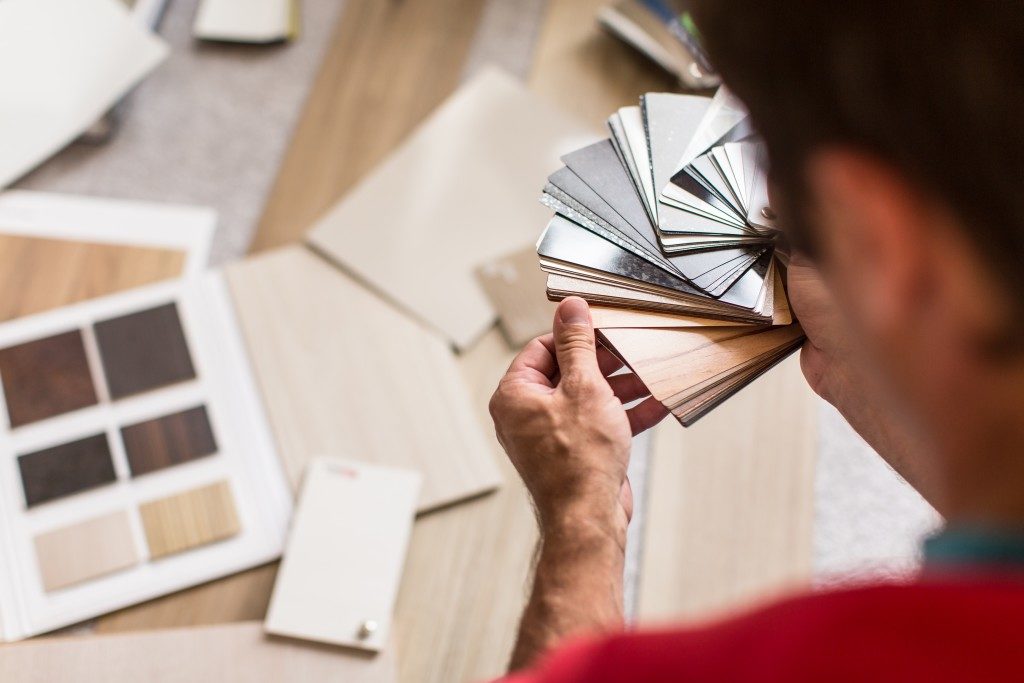You have several flooring alternatives for your property nowadays. While wall-to-wall carpeting was for the longest time considered the best choice for residential, and commercial properties looking for a luxurious look, most people now steer clear of this alternative.
Its high susceptibility highlights this choice to stains and the challenge of cleaning carpets. Thankfully, technology has now introduced stain-resistant carpeting and machines that can clean carpets quickly and effectively.
Moreover, there are now carpets that can be used in wet areas with minimal risk of substrate moisture damage. Hardwood floor or flooring is now your only choice for getting a luxurious floor that is easy to clean and can be comfortably used in wet areas.
The primary element that determines the properties of your carpeting is its fibers. There exist synthetic and natural carpet fibers. Synthetic fibers like olefin, polyester and nylon are machine-made using various chemical compounds.
Though inexpensive and stain-resistant, synthetic carpet fibers are not as durable, eco-friendly, and allergy-free as natural fibers. The following are your natural carpet fiber alternatives.
Wool
This marks the most prevalent natural fiber alternative for carpeting. Wool is a durable material that is resistant to fire, piling, and stains. It also comes with a natural coating that will cause water to bead on its surface and is an excellent floor insulator as it traps air.
Though wool will deflect small spills, it cannot be used in wet areas since mold can form when wool traps moisture. Some manufacturers opt to blend wool with hemp fibers so that their products are mildew and mold-resistant.
Sea-Grass
This is an anti-static and smooth carpeting option made using all-natural plant fibers. Sea-grass will be grown much like rice and grows into tough fibers that are dirt, discoloration, and stain-resistant. Unfortunately, their impermeability makes it impossible for manufacturers to color sea-grass carpets.
To this end, they are only available in their natural hue though some colored weft strings are at times woven into the fibers for a contrasting effect. Sea-grass l is, however, prone to water damage.

Coir
This is an inexpensive material choice for your carpeting made from coconut husks. Coir is a coarse material with a naturally rustic appearance that matches the looks of the log cabin and cottage décor styles.
The fiber can be woven into sophisticated patterns like herringbone, basketweave, and diamond for an aesthetic appeal. Owing to its abrasive nature, it is often used in hallways and outdoor spaces but is highly prone to moisture damage and staining.
Sisal
This is a soft and durable natural fiber that is easy to dye and versatile. Sisal carpets can also withstand high traffic without becoming uncomfortable or coarse and are spill and dirt-resistant. They nonetheless should be cautiously used in wet areas since water damages their fibers.
Choosing carpeting for your interiors requires more tact than picking the color and patterns that match your interiors. Other than picking the ideal natural fiber from the above for your rooms and budget, have the carpet installed by a professional.
This not only guarantees a perfect look but also ensures your flooring substrate is adequately protected from damage during carpet laying.
